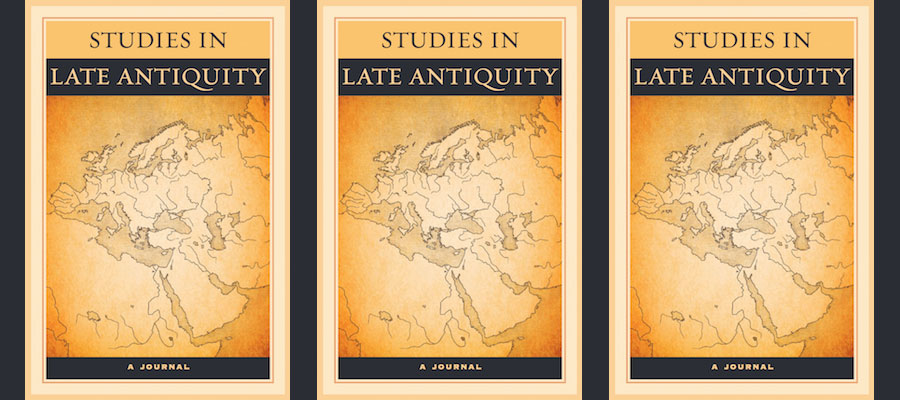Studies in Late Antiquity, volume 3, no. 3 (Fall 2019).
CONTENTS INCLUDE
Imperial Women and Clerical Exile in Late Antiquity
Julia Hillner
Late antique clerical exile is traditionally investigated from the perspective of banished cleric or banishing emperor and council. This article investigates the relationships between banished clerics and imperial women. Drawing on data collected by the Migration of Faith: Clerical Exile in Late Antiquity project, as well as quantitative methods such as social network analysis, I discuss how late antique authors exploited these (at times fabricated) relationships for their narrative agendas. Focussing on the case study of imperial women as patrons of banished clerics, I draw three conclusions: First, there was a constantly negative attitude towards involvement of imperial women in clerical exile throughout Late Antiquity. Second, there was, nonetheless, variation in this attitude across time and genres. Negative portrayal of imperial women engaged in cases of clerical exile peaked in the fifth century and in Nicene and Chalcedonian sources. Third, positive portrayal appears only towards the end of the period, and in sixth-century Miaphysite hagiography. I suggest that the identified differences were due to genre, but also responded to real changes in the institutional roles of imperial women over the course of late antiquity.
“They Wandered in the Deserts and Mountains, and Caves and Holes in the Ground”: Non-Chalcedonian Bishops “In Exile”
Elisabeth R. O'Connell
This contribution examines how models of exile were adopted and adapted in non-Chalcedonian communities following the establishment of a parallel Severan episcopal hierarchy under Archbishop Peter IV of Alexandria (576–577) and the consolidation of the Severan non-Chalcedonian church under his successor Damian (578–c. 607). Peter's predecessor Theodosius spent most of his long episcopacy (536–566) exiled in Constantinople, where he died, and Peter himself contended with three rivals to the patriarchate of Alexandria. Drawing on literary, documentary, and archaeological sources, I explore how the memory of non-Chalcedonian heroes was mobilized partly in order to validate the uncomfortable truth that members of the new network of bishops did not always live in their capitals, but in local monasteries, just as Peter and Damian did not live in Alexandria, but in the Enaton, nine miles to the west.
After a brief survey of the role of exile in the Alexandrian Church, I concentrate on the literary representation of the appropriate places for exile in monastic literature, in particular the identification of the “deserts” and “mountains,” “caves” and “holes” of the wandering Hebrews (Heb 11.38) with the monastic landscape of Egypt in the late sixth and early seventh centuries. At this time, monastic habitation of natural caves, gallery quarries, and rock-cut tombs on the desert escarpment above the Nile Valley flood plain flourished. Finally, I survey the archaeological evidence of one region where bishops appointed by Damian settled, and how they put their models of exile into practice.
